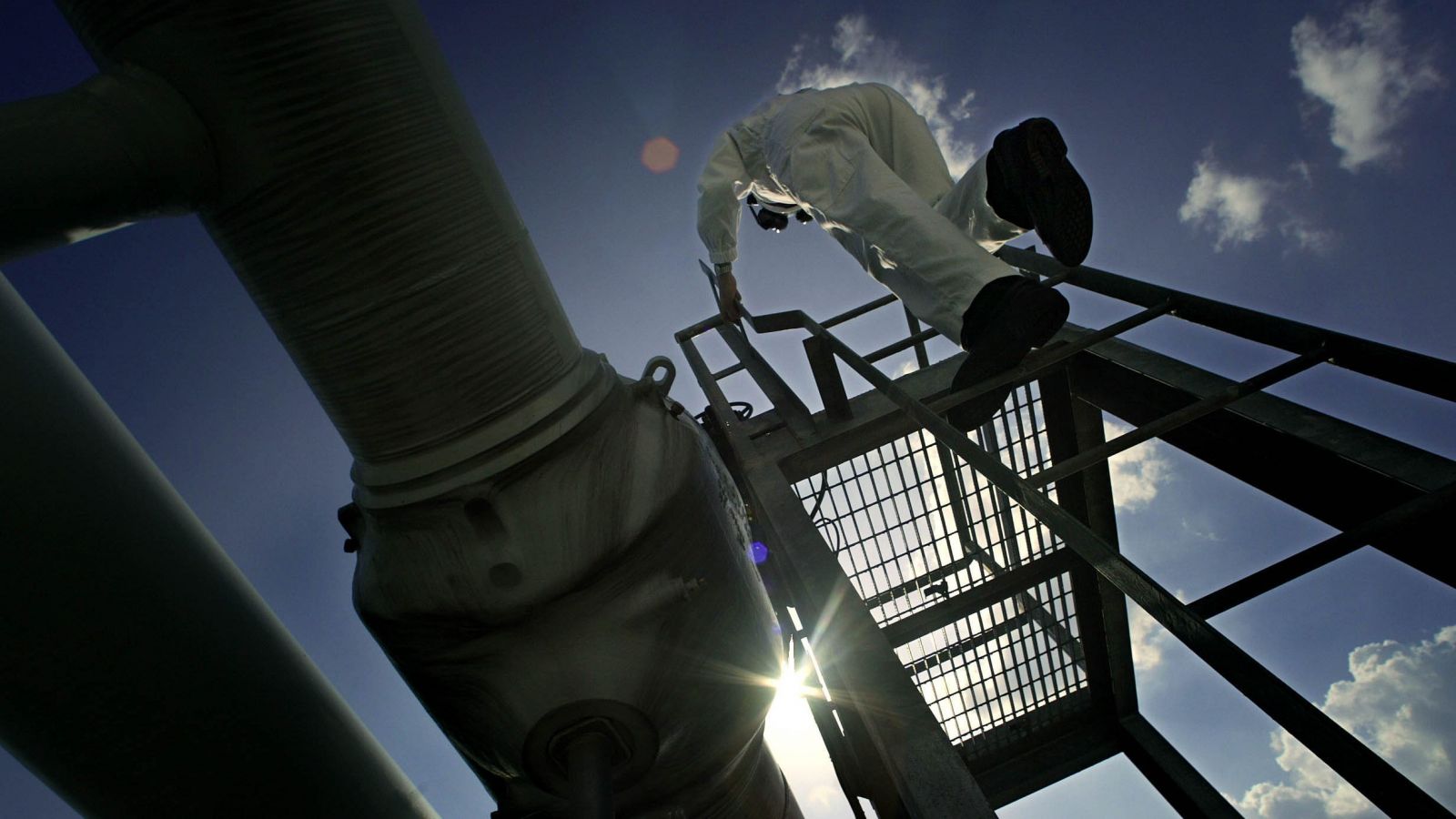Two Ways for Pipeline Industry to Cut Costs and Complexity

Pipeline development projects are becoming increasingly complex, spanning longer and deeper terrains. Pipelines must operate at higher pressures and temperatures, in harsher environments and to stricter regulatory requirements. Projects must also be feasible in a cost-constrained market. DNV GL is inviting industry players to take part in two Joint Industry Projects (JIP) to help the industry work more efficiently while maintaining safety.
The first JIP will reduce uncertainty in tensile testing results and the associated costs of inaccuracies and delays, while the second will help operators save time and money in adapting to new industry requirements.
Gaining confidence in tensile testing results
Inaccurate yield strength measurements can have significant negative implications for a pipeline project, ranging from schedule disruptions and commercial disputes to unanticipated costs and potential regulatory challenges. Current industry standards allow a wide range of tensile testing parameters, creating variability and uncertainty in the test results.
The Standardization of Flattened-strap Tensile Testing of Line Pipe JIP will investigate different tensile testing variables that affect results, including material properties, sample flattening and preparation practices, testing equipment and testing procedures. The objective is to establish testing parameters and procedures to reduce the variability in yield strength results for large diameter line pipe. The results will be applicable to both onshore and offshore pipelines.
“The project will ensure that the tensile testing results are both more reproduceable and indicative of line pipe performance. It will reduce the uncertainty of the results and give pipeline operating companies the confidence they need when purchasing new line pipe as well as during the testing and analysis of existing pipe, ultimately saving time and cost,” says Melissa Gould, Senior Engineer, DNV GL - Oil & Gas.
The JIP will be carried out in conjunction with recognized parties such as the US National Institute of Standards and Technology (NIST) Material Measurement Laboratory (MML) and the former chair of the ASTM International Committee E28, Earl Ruth. The project is expected to last for 18 months and the results will be suitable for incorporation into standards and recommended practices, as applicable.
Standardized approach to meet new requirements for girth weld repairs
The offshore and onshore pipeline industry is adapting to the updated requirements for repair welding in the Twenty-First Edition of the well-known API Standard 1104, “Welding of Pipelines and Related Facilities”. The updates place more requirements on the qualification of repair welding procedures and welders.
The JIP on the Development of Industry Best Practice for Girth Weld Repairs will, in cooperation with pipeline engineering specialists Kiefner/Applus RTD, address the technical aspects of girth weld repairs and the practical aspects of repair welder qualification during the construction of new pipelines. The project is expected to be concluded within 18 months and will result in procedures and guidelines to help the industry meet the new API 1104 requirements.
“Repair welds are often made under more challenging conditions than production welds, which can potentially reduce the quality of the completed welds,” says Brad Etheridge, Senior Engineer, DNV GL – Oil & Gas. “The project fulfils an industry need to meet new requirements and has the potential to reduce cost and complexity, increase safety and reliability, and deliver better quality pipelines.”
The products and services herein described in this press release are not endorsed by The Maritime Executive.
